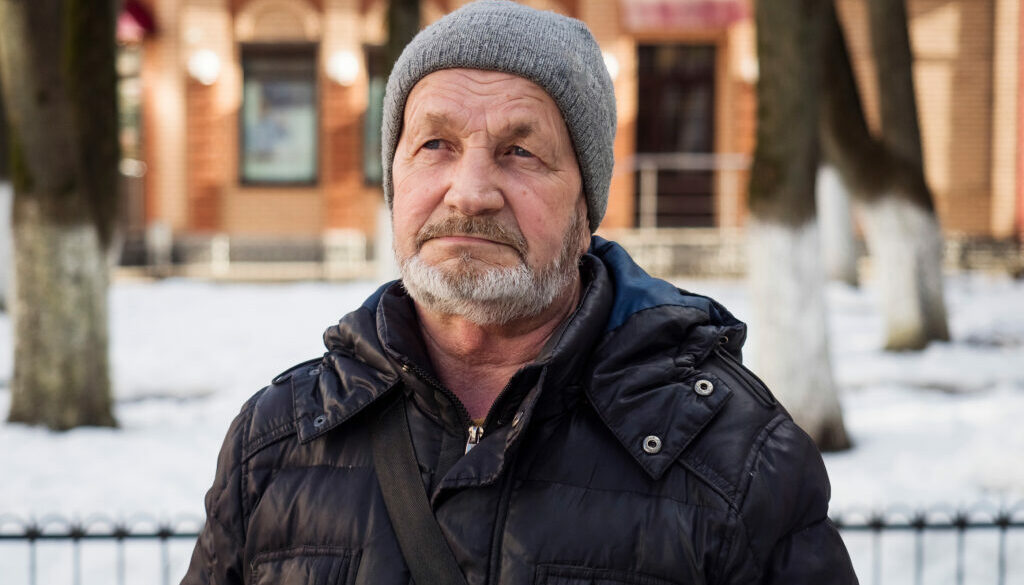How to Treat the Winter Blues
When the winter season arrives, many think of holiday celebrations and—just maybe—a dusting of snow in the Cary area. For others, winter brings a time of challenges and even despair.
The question of how to treat the winter blues becomes vital in order to maintain a regular work routine. That’s why we’re here to help.
But for millions of Americans, the “winter blues” are much more than feeling a bit blah—it is a form of seasonal depression that affects day-to-day life, making work or school difficult or even impossible.
We’ll take a look at what causes the winter blues, how to treat them, and how to tell the difference between the blues and the more serious seasonal affective disorder (SAD).
Why Do We Get Depressed in Winter?
The answer to this is not always simple. Sometimes it’s the stress of holiday events or being around difficult family members more often than usual. However, many researchers believe the key lies within the amount of available sunlight.
Sunlight exposure stimulates the part of the brain that controls your sleep-wake cycle. This part is called the hypothalamus. Your sleep-wake cycle is also called your circadian rhythm.
The lack of sunlight creates problems with the circadian rhythm. As a result, your brain produces less serotonin. Serotonin is a brain chemical that has a profound effect on your mood. The chemical imbalances cause you to feel slow, depressed and lethargic. You may even lose interest in sex or activities that you once enjoyed.
But the symptoms go beyond mood. It can impair your cognitive function, making it difficult to concentrate. Sometimes, even the simplest tasks may seem overwhelming.
When depression reaches this level, it’s much more than the winter blues. It’s seasonal affective disorder (SAD), which affects roughly 10-to-20 percent of Americans, according to the medical publication American Family Physician.
SAD tends to be more prevalent the further north you go because many states, such as Alaska, experience extensive, prolonged nights during the winter. SAD is also four times more common in women than men.
How Do I Know If I Have Seasonal Affective Disorder?
If winter depression is a regular part of your life, that’s the first indicator that you should schedule an appointment with us.
In addition, be on the lookout for the following symptoms:
- Appetite changes, especially when this leads to cravings for unhealthy “comfort foods”
- Exhaustion
- Weight gain
- Loss of interest in activities you once enjoyed
- Irritability
- Oversleeping
- Depression
- A “heavy” feeling in the arms and legs
- Difficulty concentrating
- Difficulty performing everyday takes
- Feelings of hopelessness
Remember that not all people exhibit SAD symptoms in the same way. That’s why it’s so important to schedule an appointment with us if you’re continually facing SAD-like challenges.
How to Treat the Winter Blues
As we reviewed, the winter blues can easily transform into SAD. The good news is that treatment is often simple and effective. Following are three ways we can help you overcome SAD.
- Light Therapy
Since the heart of SAD lies in the lack of available sunlight, using a specialized “light box” is a great option. During treatment you sit in front of the light box for a certain amount of time—usually around 30 minutes—each day.
It’s important to follow instructions and make sure you don’t stop light therapy too soon. As the days gradually get longer, you can trim back your sessions.
However, we want to emphasize that a tanning bed is NOT a good source of light therapy. This can place you at greater risk for skin cancer.
- Medication
Antidepressants may be useful in treating the more severe symptoms of SAD. These may be used in conjunction with light therapy.
Talk to us to see if medication is an appropriate option for you.
- Behavioral Therapy
In certain cases, changing your routine or outlook can help alleviate the symptoms.
This type of therapy concentrates on helping you identify negative thoughts and replace them with positive actions and thoughts.
For example, if you’re depressed because of SAD, cognitive behavioral therapy may suggest that you exercise outside while the sun is shining.
Often, behavioral therapy is most effective when used in conjunction with other treatment techniques.
If you need more intensive treatment for SAD or serious depression, we can provide information on local therapists in the area who can provide additional assistance.
Cary Medical Group: Caring for You Throughout the Year
We know that every season has its challenges, from winter depression to spring and fall allergies. That’s why we are here for you throughout the year and throughout your life.
You see, we’re about more than merely making you feel better or helping you overcome an illness. We’re about ensuring that you are living your healthiest life possible through regular wellness checks for men and women.
Scheduling an appointment is easy. Please contact us if you’re having any symptoms of SAD or any other health problem. We want to hear from you.




